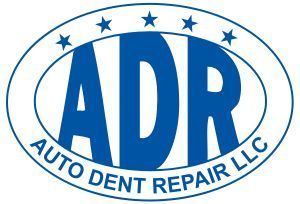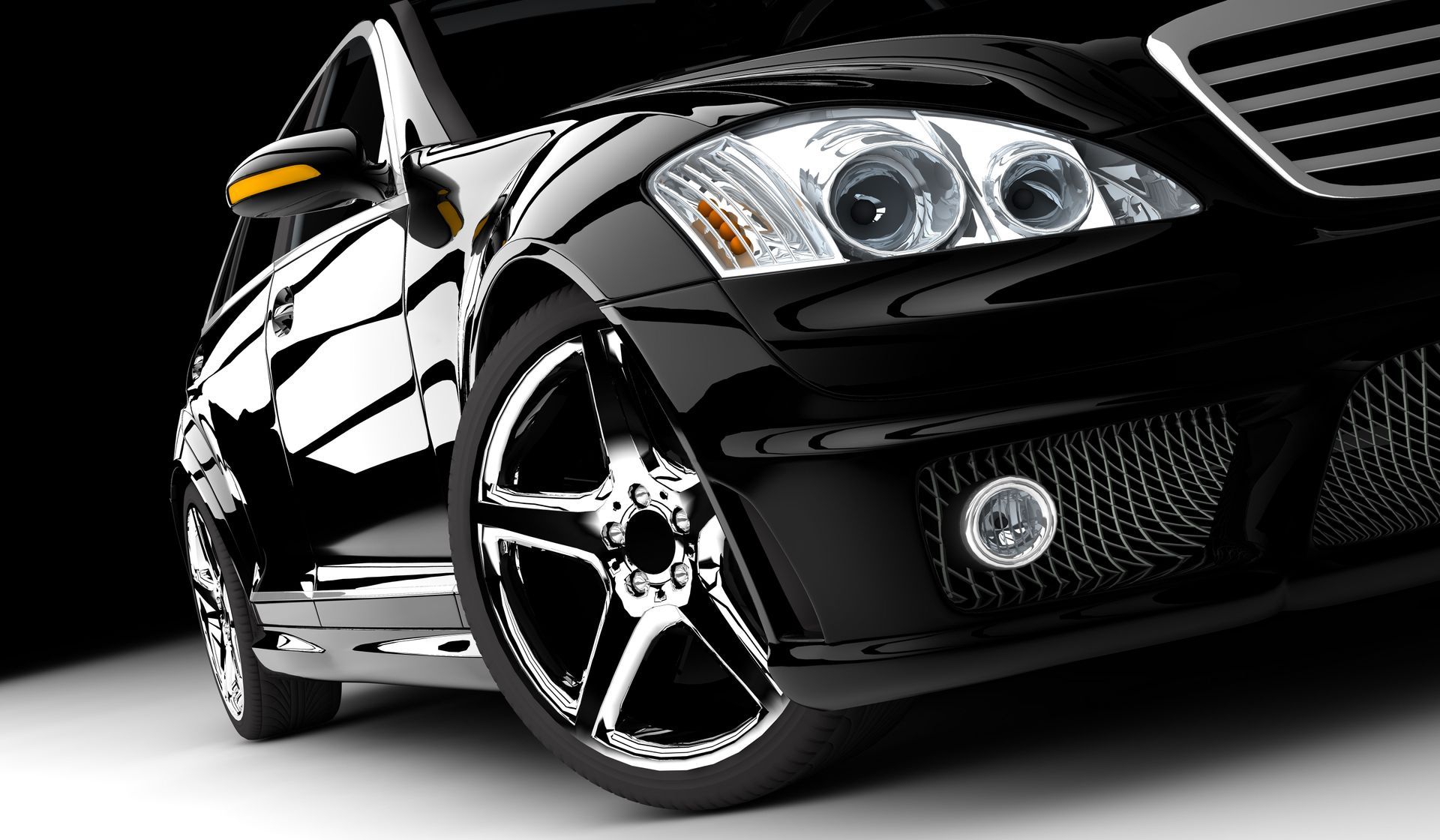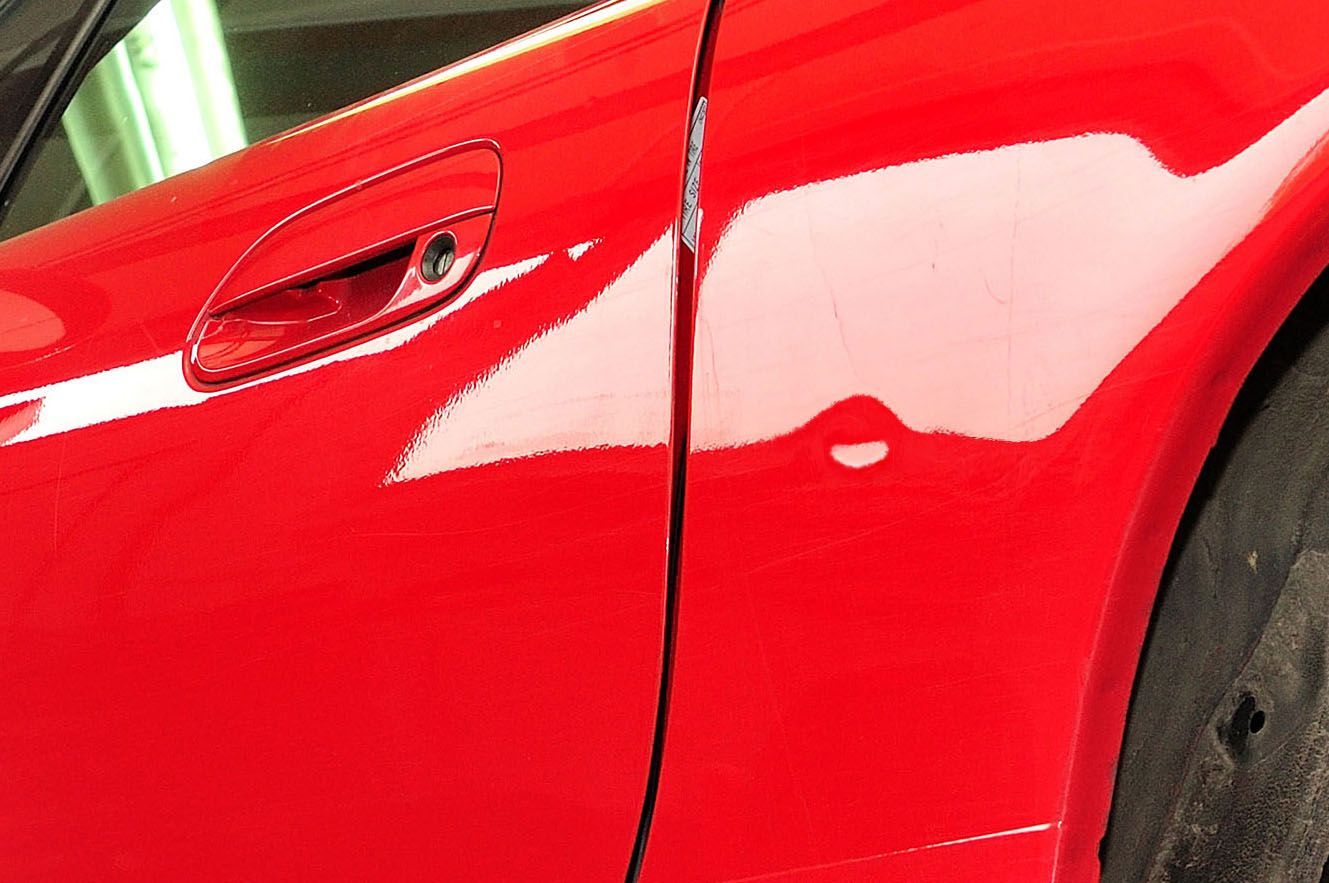July 30, 2025
Hail can strike with little warning, leaving vehicles riddled with unsightly dents and costly damage. Whether you're dealing with a few dings or extensive surface trauma, it's essential to understand what goes into a proper repair process. Professional autobody shops follow a detailed process designed to restore cars to their original condition while minimizing disruption to the owner.
Hailstones can reach alarming sizes and fall with enough force to dent panels, chip paint, or even crack windows. According to The Zebra, weather-related factors contribute to about 22% of the 6 million crashes that occur annually in the United States. Hail plays a significant role in this category, often creating visibility and control issues for drivers or causing unseen structural issues.
By working with an experienced professional, you ensure that the right techniques are chosen and properly executed. Techniques like paintless dent repair (PDR) offer effective, non-invasive options for restoring the car’s body without repainting. In more severe cases, a combination of traditional and modern approaches may be needed to address the full extent of the damage. Whether you’ve been through a recent storm or just want to be prepared, this guide will help you understand what expert autobody mechanics do to restore your vehicle after a hailstorm.
1. Understand the Impact of Hail Damage
Hailstones are formed when raindrops are carried into freezing parts of storm clouds. The repeated freezing and thawing process builds up layers of ice until the stones are heavy enough to fall. When they hit a vehicle, they leave dents, scratches, and even cracks, especially on the roof, hood, and trunk. Each stone varies in size and speed, making hail damage unpredictable and often extensive.
Vehicle panels, especially those made from aluminum or thinner steel, are more prone to noticeable denting. The unpredictability of hail also means some dents may be hidden from plain view. Professionals assess every area of the car, often using special lighting and tools to identify subtle or secondary damage that can go unnoticed by the untrained eye.
Understanding the science behind hail gives mechanics a better foundation for assessing and planning hail dent repair. Knowing where to look and how to evaluate surface and sub-surface damage ensures nothing gets missed during restoration.
2. Evaluate the Scope of the Damage
The first step in any hail dent repair job is a comprehensive visual and physical inspection. Mechanics use high-intensity lights and dent detection boards to highlight imperfections. Some even employ 3D imaging tools that create a digital map of every dent, which helps document the damage and guides the repair strategy.
Professionals consider factors like the vehicle’s age, paint type, and material composition when deciding how to proceed. Aluminum may respond differently than steel, and certain paints are more susceptible to chipping during repair. These variables affect both the technique and the tools used.
A thorough inspection not only ensures a complete repair plan but also supports insurance claims. Mechanics who understand the insurance process can provide proper documentation and expedite claims for their clients, easing financial stress.
3. Prepare the Work Area and Tools
Before repair begins, mechanics set up a clean, safe, and well-lit work environment. Dust, moisture, or clutter can interfere with precision repairs or contaminate paint and finish. Controlled lighting, especially reflective boards and LED systems, helps illuminate every contour and defect.
Essential tools include specialized rods, hammers, tabs, dollies, and pulling equipment. Technicians arrange tools in easy-to-reach spots to streamline workflow and reduce the chances of error. Organization improves both speed and accuracy during repair.
Safety is paramount. Mechanics use gloves, goggles, and proper ventilation systems to minimize risks. From electrical precautions to maintaining a clean floor plan, every detail contributes to an efficient, safe repair zone.
4. Clean and Document the Vehicle
Cleaning the vehicle is an often-overlooked but vital step. Dirt and debris can mask dents or create misleading reflections under work lights. A clean surface ensures a more accurate assessment and better tool performance during hail dent repair.
After cleaning, technicians photograph all visible damage and document each affected area. This serves as a visual reference during and after the repair and provides clear evidence for insurance purposes. Detailed records protect both the customer and the repair shop, establishing a baseline for evaluating quality and accountability.
5. Choose the Appropriate Repair Method
Not all damage calls for the same fix. For minor dents without paint damage, paintless dent repair (PDR) is often the best solution. It preserves the original factory paint, requires no fillers, and can be completed quickly.
If the dents are deep, involve scratches, or affect structural areas, traditional methods like sanding, filling, and repainting may be necessary. Some situations may benefit from a hybrid approach, combining PDR with traditional methods to deliver the best outcome. Experienced mechanics consider durability, cost-effectiveness, aesthetics, and time constraints when choosing the best approach. A one-size-fits-all solution rarely works in hail dent repair.
6. Execute PDR Techniques When Applicable
PDR is a preferred option when the paint remains intact. Technicians use metal rods and picks inserted behind the panel to push out dents gently. For areas that aren’t accessible from behind, glue-pull tabs are used on the surface to pull the dent outward.
This technique requires precision, a steady hand, and a clear understanding of metal behavior. It avoids the need for body filler or repainting, preserving the vehicle’s original appearance and value. The result is a smooth, seamless surface that restores the car’s aesthetic without compromising its structural integrity or resale potential.
7. Adjust for Material and Paint Sensitivities
Modern vehicles use a mix of materials—aluminum, high-strength steel, and composites. Each responds differently to pressure and manipulation. A skilled technician tailors their approach to the specific panel material to avoid stretching or cracking.
Likewise, paint coatings vary by manufacturer. Some are more flexible, while others are prone to chipping. Knowing the type of paint helps technicians adjust their technique accordingly. Addressing these subtleties can mean the difference between a flawless result and a costly follow-up repair.
8. Perform Quality Checks Throughout
Every phase of the hail dent repair process includes quality control. After pushing or pulling each dent, technicians use lighting tools and touch tests to ensure the panel surface is even and flush.
If inconsistencies are found, the process is repeated until the surface matches factory standards. Some shops also have another technician verify the work as an added layer of quality assurance. These ongoing checks help avoid mistakes and ensure the result meets both cosmetic and safety expectations.
9. Finish with Protective Measures
After repairs are completed, the vehicle may receive a finishing polish or sealant to restore shine and add a layer of protection. This final step enhances appearance and provides added resistance to weather and UV rays.
Mechanics also check for any realignment issues, reattach any trim, and inspect seals around windows or panels that were temporarily removed. By the time the car is returned, it should not only look like new but function just as well as it did before the storm.
10. Educate Customers for Future Preparedness
Many auto body shops offer tips to help customers prevent future damage. Using hail protection covers, parking in garages, or subscribing to severe weather alerts can reduce the risk of repeat damage.
Understanding how insurance policies cover hail dent repair also helps drivers plan and reduce out-of-pocket costs. When customers are informed, they can act quickly after storms and minimize their stress the next time hail strikes.
Proper
hail dent repair goes beyond surface aesthetics. It protects your investment, ensures safety, and restores pride in your vehicle. If you've recently experienced storm damage, don’t wait for the problem to worsen. Let professionals handle it with precision and care.
At ADR Auto Dent Repair, we bring over 31 years of experience to every hail damage removal project. We offer comprehensive services including paintless dent repair (PDR), and hail repair—all while managing the insurance process for you. With free pickup and delivery and immediate openings often available, we’re proud to serve Maryland Heights, MO, and the surrounding area. Call us today to schedule your hail dent repair and get back on the road with confidence.






